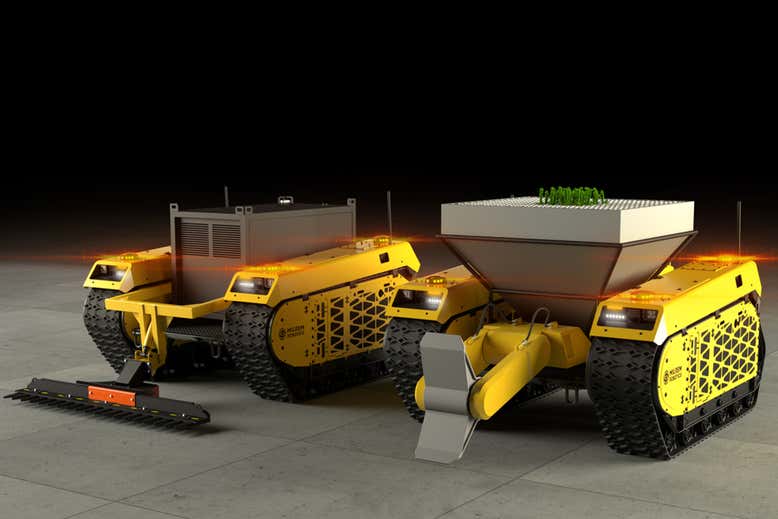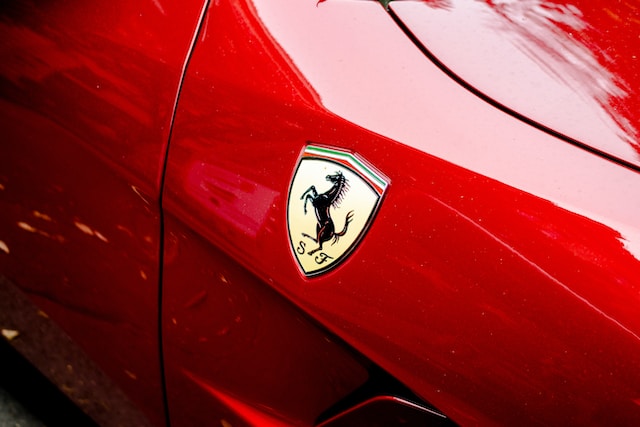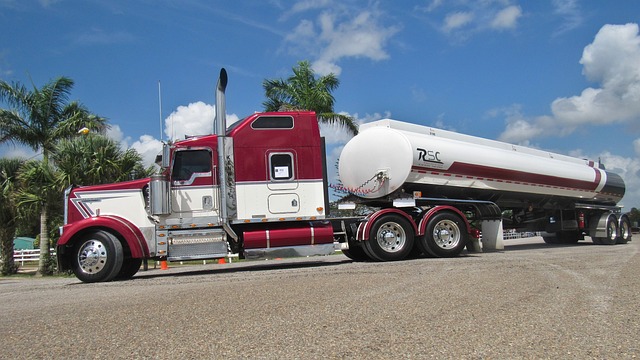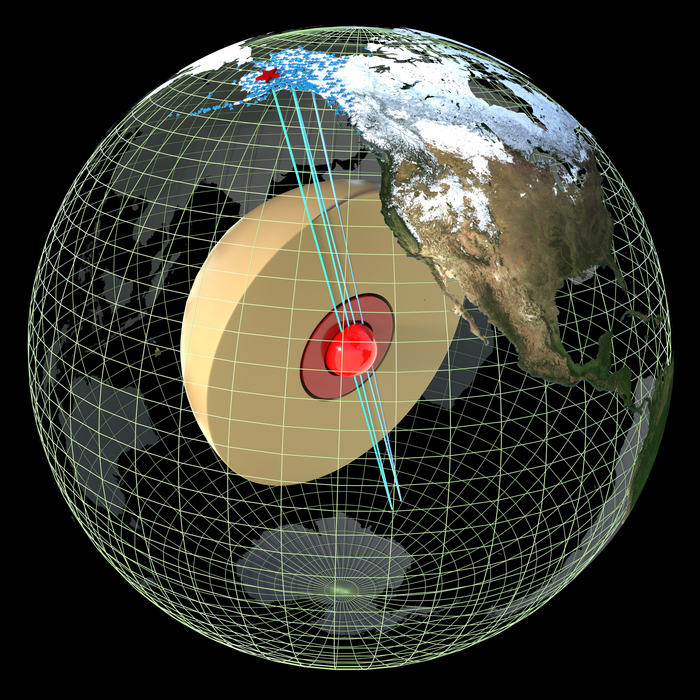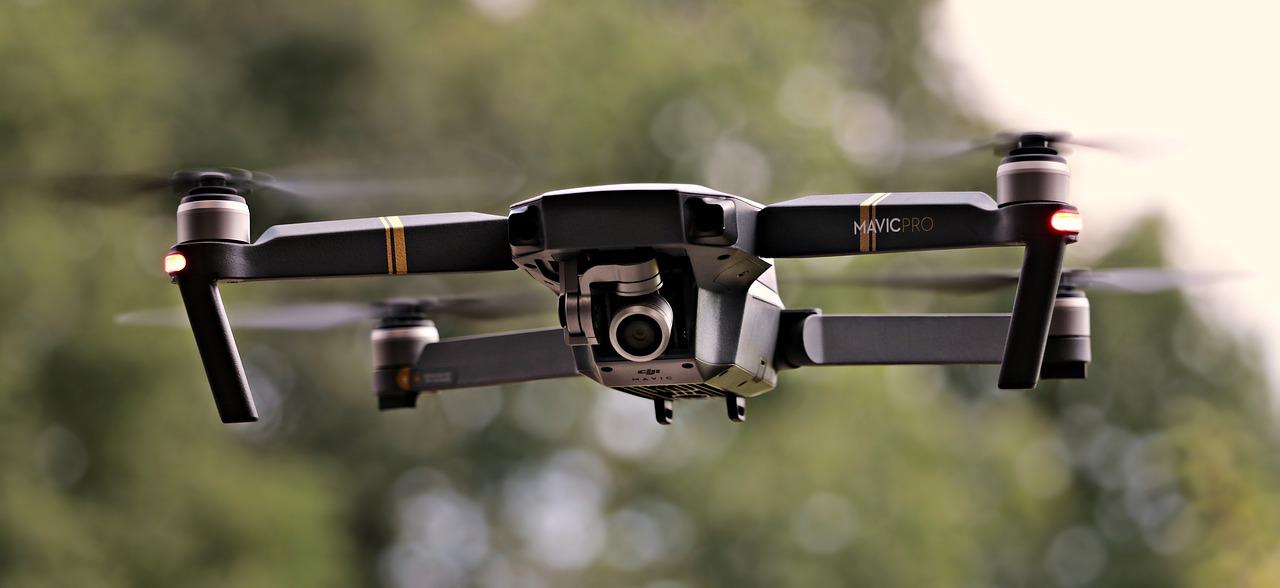Estonia’s College of Tartu and Milrem Robotics have developed two types of autonomous robot foresters. These robots are capable of planting thousands of trees a day using Milrem’s driverless ground vehicles.
Out of these two, one is a planter (Multiscope Forester Planter), the other is a brush cutter (Robotic Forester Brushcutter). Both are the size of a small car and can work in tandem.
Multiscope Forester Planter:
This robot has a modular “planting payload with a capacity of 380 seedlings,” as explained on the Milrem Robotics website. It can plant with a speed of about 5-6.5 hours per hectare(2.5 acres) depending on the tree species and soil. Moreover, this robot is not designed for harsh terrain or climate.
Multiscope Forester Brushcutter:
This robot has a cutting tool with a brush and sensors that help in its movement. It is designed to be “rugged and long-lasting in challenging environments like clear-cut areas.”
The system is also equipped with a hydraulic power unit (maximum pressure: 250 bar, oil flow: 70 l / min).
Both the robots travel at about 12 mph (20 km/h). They work in tandem. The planter robot keeps recording the coordinates of the trees planted, so that the brush cutter robot precisely clears the vegetation around the seedlings.
LiDAR systems
Both of the robots navigate using laser-based LiDAR, cameras, and global positioning systems (GPS). LiDAR produces a three-dimensional geometric representation of the robots’ environments. As a result, robots can navigate autonomously.
Andrew Davidson at the U.K.’s Imperial College London said, “This is one of many interesting applications … which show that mobile robotics technology is maturing fast and enabling robots to tackle new types of task in difficult environments.”

